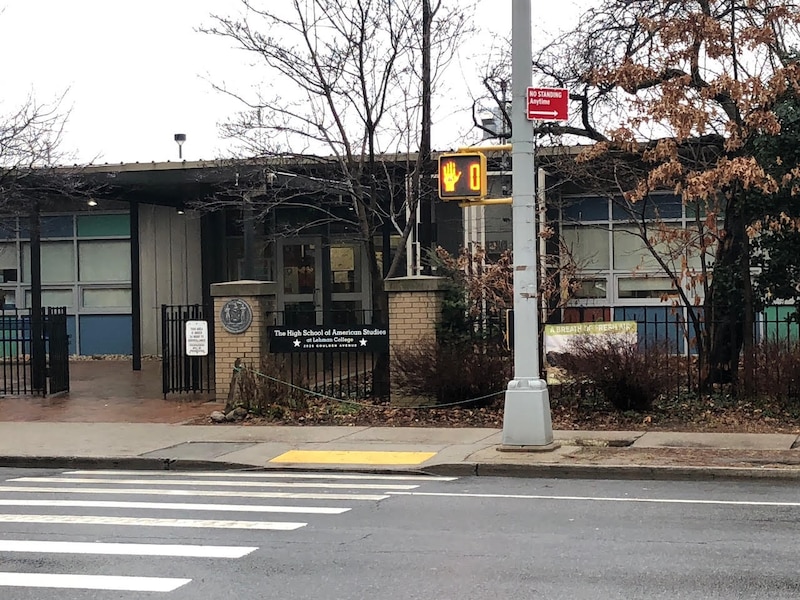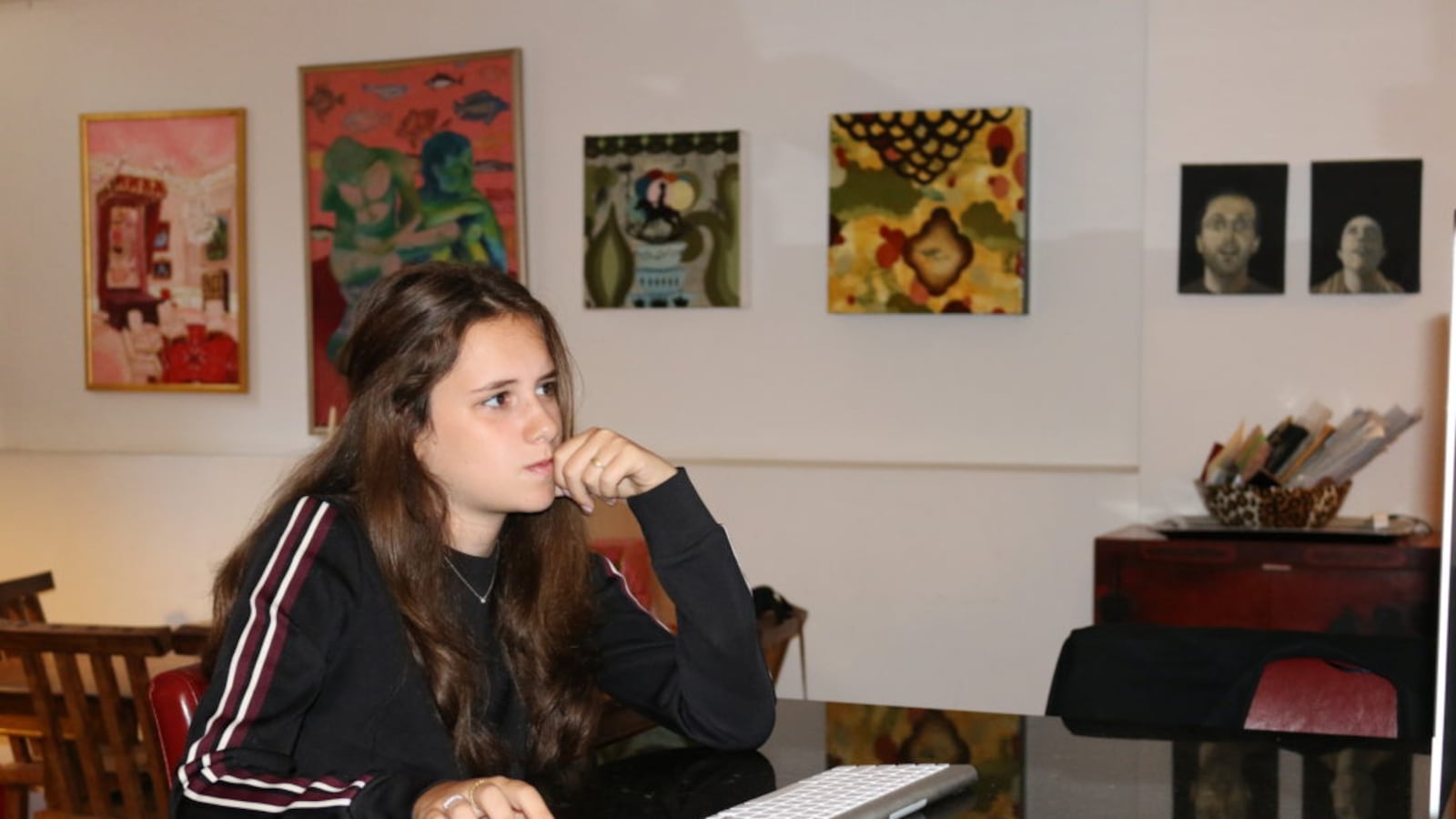The freshman class for at least two of the city’s most sought-after schools had empty seats this year — coveted spots that admissions rules make almost impossible to fill.
It is unclear why the number of incoming students declined at the High School of American Studies at Lehman College, where there were 82 incoming ninth graders, down 23 students — or 21% — from the previous year, according to education department data. Teachers at the Bronx school, known as HSAS, said this year’s freshman class was the smallest in the school’s 17-year history. The principal told a parent association meeting in the fall that this year’s small freshman class would require budgetary shifts, parents said.
Schools base their budgets on enrollment projections, but the education department adjusts them based on actual enrollment. While it’s not unusual for these numbers to be mismatched, specialized high schools sometimes find themselves in a particular bind. The schools offer students admission based on their score on a single test, known as the SHSAT — and the cutoff score is set annually by the city’s education department. Unlike other campuses, specialized high schools do not admit students beyond the fixed window during which it extends offers. And as the city’s public high schools begin to keep waitlists for the first time this year, the specialized high schools will not follow suit.
Offers are expected to be sent by March 20.
Also this year, another of the specialized high schools, the High School of Math, Science and Engineering at Manhattan’s City College, also fell four seats short of its target number for the 2019-20 freshman class, according to the Department of Education.
That such coveted institutions had any open seats is reason enough to rethink admissions at specialized high schools, some critics of the entrance exam say.
“There is little value in using that [test] over other measures, and now it appears it is flawed for enrollment reasons,” said Akil Bello, senior director of advocacy at the National Center for Fair and Open Testing.

The education department declined to provide details on HSAS’s enrollment shortfall but indicated that there were fewer than anticipated acceptances from students who are not part of the Discovery program. That program offers admission to students who scored below the test cutoff and come from a low-income family, are learning English as a new language, or lack stable housing. (They must agree to attend a summer program before school starts.) As of this year, they also must have attended a high-poverty middle school — a change the city hopes will result in a more diverse group of students being admitted.
Discovery is being expanded amid the widespread scrutiny of specialized high schools, which are famously rigorous and disproportionately white and Asian. While about 70% of public school students are black or Hispanic, roughly 80% of last year’s specialized high school offers went to white and Asian students.
For this year’s incoming ninth graders, the city’s education department mandated that at least 13% of seats at each school be set aside for students accepted through the program, up from a mandatory 6% in 2018. For the 2020 freshman class, the education department has announced plans to increase Discovery seats to 20%.
To accommodate this increase in Discovery seats, all of the specialized schools except one, the High School of Math, Science and Engineering at City College, reduced the number of traditional spots offered since 2018, creating higher cutoff scores for admissions. HSAS gave 124 non-Discovery offers in 2019, compared to 155 offers in 2015 (when the school took no Discovery students), according to education department figures.
Seeking to address the lack of diversity at the specialized high schools, Mayor Bill de Blasio has previously proposed eliminating the SHSAT, but that would require approval from Albany lawmakers. Schools Chancellor Richard Carranza has recently shifted the city’s approach, calling for the repeal of the state law governing admissions to specialized high schools.
A number of organizations don’t want to see the SHSAT eliminated, and many have vocally opposed the mayor’s efforts, including many Asian-American groups. Some opponents of efforts to scrap the test point to admission procedures that have largely gone unchallenged at selective high schools that do not use the SHSAT, such as Beacon and Bard Early College High School, which have murkier admissions processes and disproportionately white student bodies.
Ruby Bromberg, a senior at HSAS, said students from her school tutor the “most promising” local middle school students for the SHSAT. She was disappointed they didn’t get in — especially given the open seats — and blamed the test-based admissions for being “way too rigid.”
“You have these super-smart kids being tutored for an entire year, and last year, none of them got in,” she said
She also worried the smaller freshman class could have additional negative effects on the accepted students at the school, which at roughly 380 students is relatively small.
“I chose the school because of its small size but now after four years it’s beginning to feel claustrophobic,” Ruby said. “It’s going to be worse for them.”

